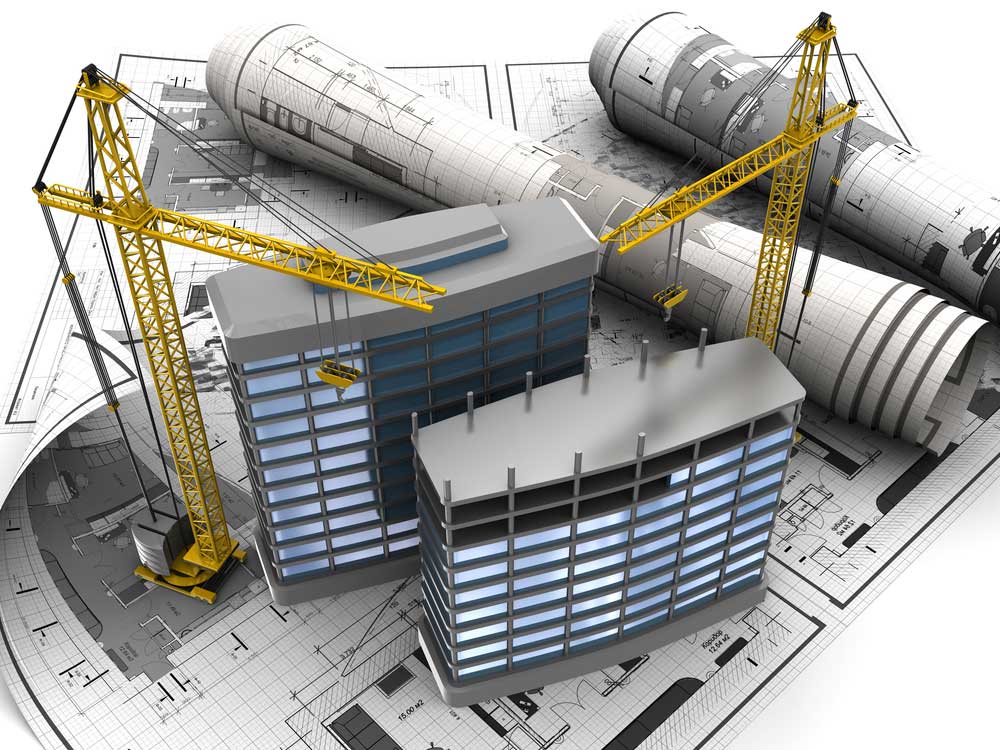Creating Sustainable Buildings with Green Design and Construction
Green design and construction are becoming increasingly important in the modern world as we strive to reduce our impact on the environment. By incorporating sustainable practices into the design and construction of buildings, we can create spaces that are not only aesthetically pleasing but also environmentally friendly.
Reducing Energy Consumption
One of the key aspects of green design and construction is reducing energy consumption. This can be achieved through the use of energy-efficient materials, such as insulation that minimizes heat loss or gain. Additionally, incorporating renewable energy sources like solar panels can help to power the building without relying solely on non-renewable resources.
Furthermore, proper orientation and design of windows and skylights can maximize natural light and reduce the need for artificial lighting during the day, further reducing energy consumption.
Water Conservation
Another important aspect of green design and construction is water conservation. This can be achieved through the installation of low-flow plumbing fixtures, such as faucets and toilets, which reduce water usage without compromising functionality. Additionally, implementing rainwater harvesting systems can help to collect and reuse rainwater for non-potable purposes, such as irrigation or toilet flushing.
Furthermore, using landscaping techniques that require less water, such as native plants that are adapted to the local climate, can help to minimize water usage in outdoor areas.
Materials Selection
Choosing sustainable materials is crucial in green design and construction. Opting for recycled or reclaimed materials can help to reduce the demand for new resources and minimize waste. Additionally, using materials that are locally sourced can help to reduce the carbon footprint associated with transportation.
Furthermore, selecting materials that have a low environmental impact, such as those with low volatile organic compound (VOC) emissions or those that are biodegradable, can help to create a healthier indoor environment.
Conclusion
Incorporating green design and construction principles into building projects is essential for creating sustainable spaces that minimize our impact on the environment. By focusing on energy efficiency, water conservation, and materials selection, we can create buildings that not only benefit the planet but also provide comfortable and healthy spaces for occupants.
